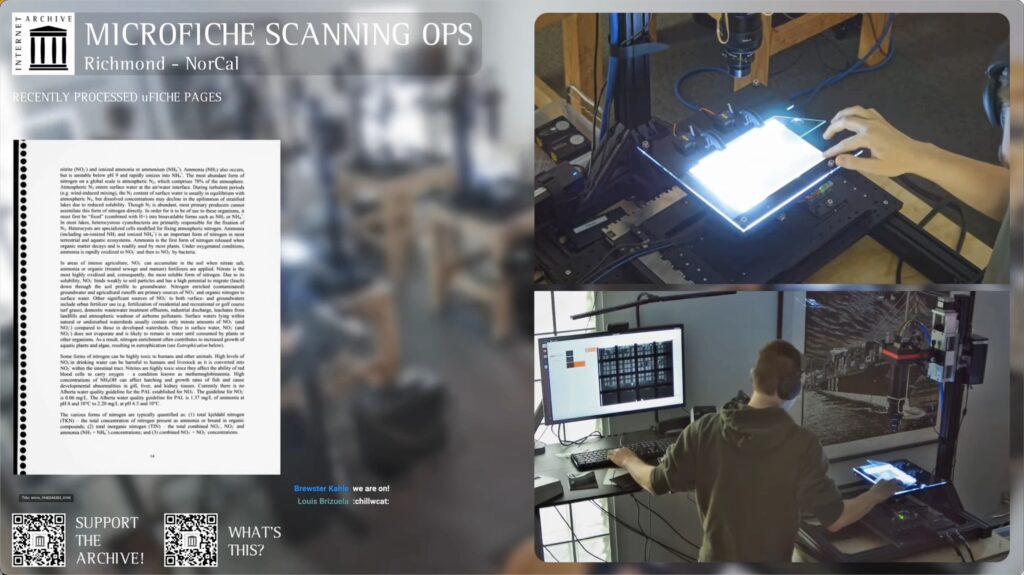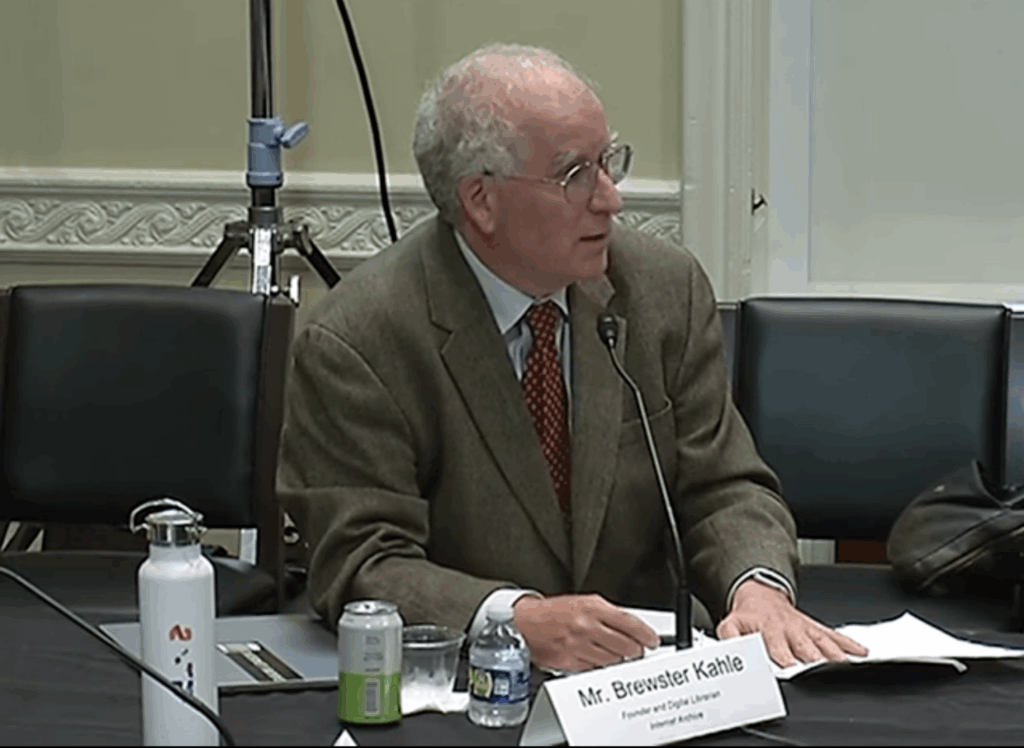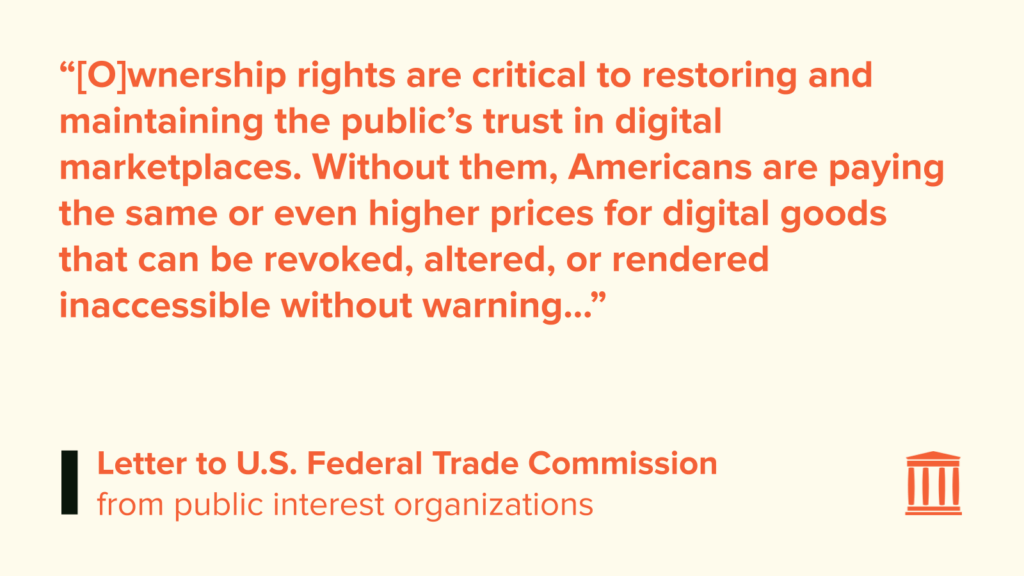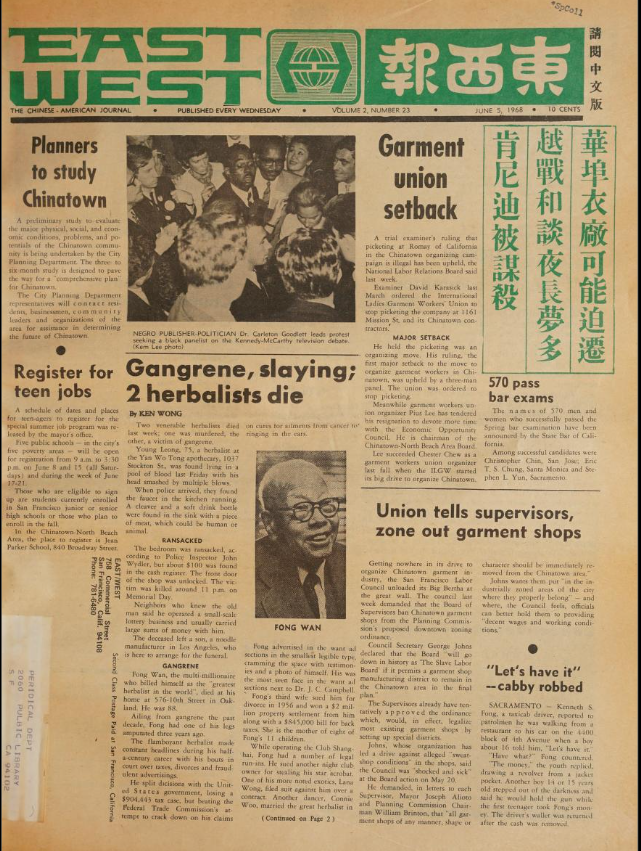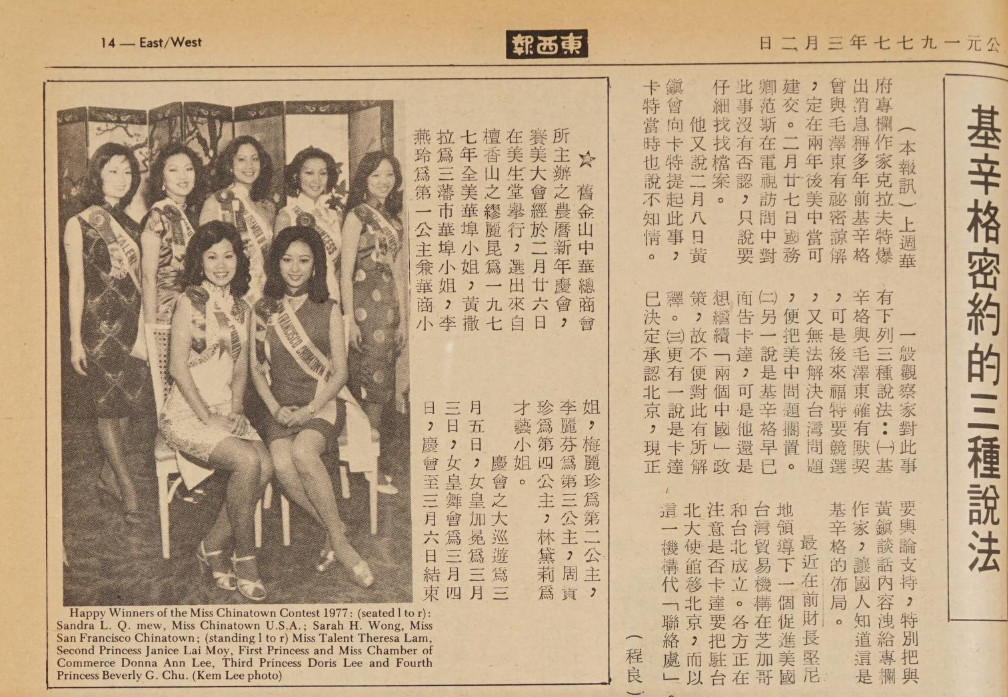Setting up a livestream is more complicated than just turning on a camera. That’s why the Internet Archive tapped into the expertise of Sophia Tung, a software engineer and online content creator, to help create the livestream for its microfiche scanning center, which launched May 21.
The 29-year-old garnered international media coverage for her livestream of robotaxis parked in a depot just below her San Francisco apartment as they jostled and honked – sometimes in the middle of the night.
“I put it up just sort of as a meme to get some attention. If I couldn’t do anything about it, then I might as well make the best of it,” Tung said of the livestream she posted on YouTube with Lo-fi music in the background. “People became fans of it and Brewster [Kahle, Internet Archive’s digital librarian] reached out to see if I could do something similar with the Internet Archive.”
An avid user of the Internet Archive for years, Tung said she was eager to visit its Funston Avenue headquarters and work with the staff on the project. As a sign of our tech-connected times, it’s become popular to have a mesmerizing scene with mellow music playing on a second monitor as people work. Tung said she could envision a relaxing, but informative, feed showing the preservation process.
Tung met with the team who take microfiche – flat sheets of film that hold miniaturized documents – and turn them into digital images that can be accessed online. The team is now digitizing U.S. Supreme Court case documents and government records from Canada dating back to the 1930s.
After assessing the space with five active microfiche digitization stations,Tung decided on a three-camera setup for the livestream. One is focused on an operator feeding microfiche cards under a high-resolution camera that captures multiple detailed images. Another is an up-close look of what actually happens on the machine. A third wide-angle camera covers the entire room and is blurred for security, but still conveys motion.
All team members are open to being on camera as they work, but Tung said she recognized privacy concerns may arise. She devised a pause button to be installed to stop the feed, momentarily dimming the “on air” sign in the room. Although initially concerned that employees might not like being on camera, Tung said staff were hired who agreed to the concept and they are on board with the livestream as a mixed media project.
Live activity with the scanners occurs Monday–Friday, 7:30am-3:30pm U.S. Pacific Time (GMT+8)—except U.S. holidays. Ambient Lo-fi music plays continuously. After hours, other Internet Archive content runs on the video feed including silent films, lost landscape footage from everyday life, and public domain photographs from NASA and other sources.
The project has required a combination of engineering to make the infrastructure work 24/7, plus physical design integrating signage and broadcasting lights, which Tung says she enjoyed. Her goal was two-fold: to recreate the excitement of her last livestream and to shine a light on the individuals working behind the scenes at the Archive.
“I always thought about the Internet Archive as just some mysterious entity, trying to preserve what we as individuals cannot. It’s an invaluable tool for journalists and, basically, everybody,” Tung said. “Now, preservation is more important than ever. I think people just assume that it happens. Actually, it takes money, effort, machinery and people. I think it’s important to highlight all the people-hours that go into it.”
Tung produced an explainer video about the microfiche livestream project on YouTube. “The reception has been great so far,” said Tung, who is working on more features and possible additional channels to add to the stream. “I hope the stream brings awareness to the effort it takes to preserve all this important material. If we don’t preserve it now, we are going to lose it.”
All microfiche materials are added to Democracy’s Library, the global project to collect, digitize, and provide free public access to the world’s government publications.
More details on the livestream project can be found here: https://blog.archive.org/2025/05/21/new-livestream-brings-microfiche-digitization-to-life-for-democracys-library/


